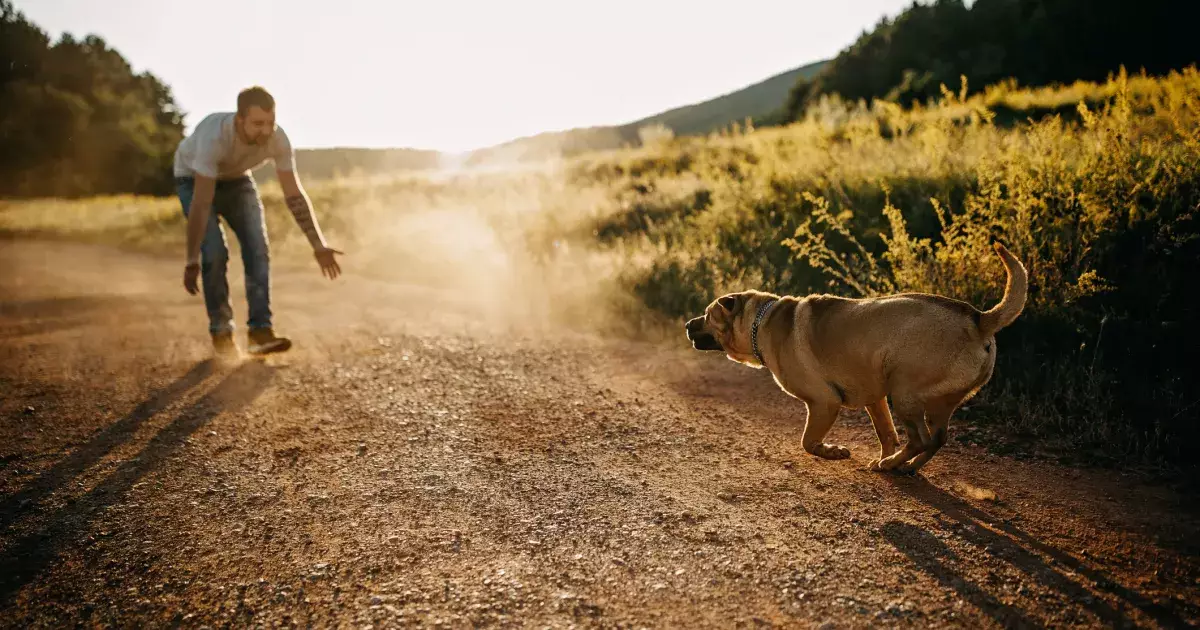Teaching your dog the “come” command, known as recall, is crucial for their safety and your peace of mind. A reliable recall not only helps during frantic moments at a dog park but also serves as an essential skill when your dog is off-leash. In this article, we’ll explore effective recall training techniques, common pitfalls to avoid, and tips for reinforcing positive behavior to ensure your dog thrives when called.
The ability to respond to the “come” command is fundamental for any well-trained dog. This skill is paramount not just for control during play but also for preventing potentially dangerous situations, such as running into traffic or getting lost. A dog that understands the recall command can enjoy freedom while minimizing risks. Consequently, investing time in this training pays off, allowing for enjoyable experiences during outdoor activities.
To begin the recall training process, choose a quiet environment free from distractions. An indoor space or a securely fenced backyard is ideal for initial practice sessions. If your dog is a bit too attached and won’t leave your side, enlist a friend’s help to gently hold them while you create some space. With a treat in hand, take a few steps backward, crouch down, and gesture invitingly. Use an enthusiastic tone to call your dog, encouraging them to approach you.
When they respond, reward them with praise and a treat. It’s vital that you maintain a positive atmosphere throughout the training. Use phrases such as “Good dog!” to reinforce good behavior. However, if they hesitate or stray off, refrain from praising until they resume their approach.
As your dog becomes more comfortable with the recall command, gradually introduce new challenges to enhance their learning. Start rewarding them less frequently to encourage them to come on the first call without always expecting a treat. Using intermittent rewards can keep them motivated while reinforcing that responding promptly is beneficial.
If your dog seems confused about the recall, exercise patience. Don’t punish them for not complying. Instead, simplify your approach. Call their name and jog backward playfully to stimulate their interest. This transforms the call into an engaging game rather than a correction.
Frankly, training a solid recall can sometimes backfire due to the owner’s inadvertent mistakes. For instance, if your dog associates the recall command with negative outcomes like leaving the park or facing a bath, they may develop an aversion to responding. Always maintain a cheerful tone when you call them, ensuring they perceive it as positive reinforcement.
Another significant error is reprimanding the dog after they come to you. This creates a negative association with obeying the command. Instead, always greet them joyfully when they obey, making it clear that you appreciate their response. This will strengthen their desire to come when called in the future.
Once your dog shows proficiency in a controlled space, it’s time to introduce varied environments for recall training. Begin by practicing on a leash in quieter outdoor areas, then increase the complexity by incorporating longer leashes and mild distractions, like a friend tossing a ball. Consistency is key; the initial stages may be more challenging, but gradual exposure will build your dog’s confidence.
As they demonstrate reliability, consider engaging them in a more stimulating environment like a dog park. Start with leash practice, and reward their compliance diligently. Once they prove consistent, allow them off-leash but remain attentive, calling them back periodically to reinforce the recall command through positive reinforcements.
For your dog, recall training should mirror a game of tag where you essentially become “it.” Move away from them when calling to incite their chase instinct. The excitement of chasing you enhances their engagement. Ensure that every successful recall culminates in joyful praise, treats, and a return to fun activities.
A reliable recall can significantly enrich your dog’s life by allowing them the freedom to explore without compromising their safety. The task can seem daunting, but by mastering these techniques and avoiding pitfalls, you can instill a solid recall command that keeps your dog safe and leads to many joyful adventures together.

